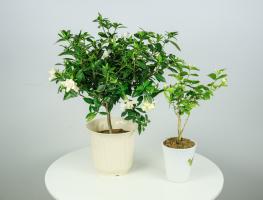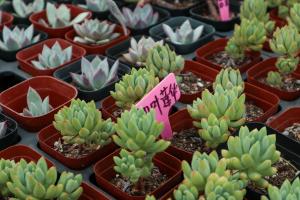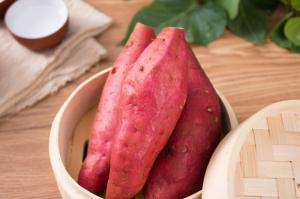Introduction
Plant pots are an essential item for gardening enthusiasts. They come in a wide range of designs and materials, making it easy to find the perfect one for your indoor or outdoor plants. When it comes to selecting the right plant pot, the material it is made from is important. In this article, we will explore the various materials that indoor and outdoor plant pots are made from and their benefits.
Terracotta
Terracotta is a popular choice for both indoor and outdoor plant pots. It is made from clay and has a natural look and feel that complements any plant. Terracotta pots are porous, allowing air and moisture to penetrate the soil and roots. They are also affordable and readily available. However, terracotta pots can crack over time and are not frost-resistant, so they may not be suitable for all climates.
Ceramic
Ceramic plant pots come in different colors, shapes, and sizes, making them a versatile choice for any gardening style. They are made from earthenware or porcelain and can be glazed or unglazed. Ceramic pots are heavy and sturdy, making them ideal for large plants or trees. They are also easy to clean and maintain. However, ceramic pots are expensive compared to other materials and can break if dropped.
Plastic
Plastic is a practical option for outdoor plant pots because it is lightweight, sturdy, and affordable. Plastic pots also come in various colors and designs, allowing you to create a unified look in your garden. They are easy to transport and are resistant to breakage, making them perfect for children or pets. However, plastic plant pots can accumulate static, which attracts dust and debris, and they may not be as environmentally friendly as other materials.
Metal
Metal plant pots are sturdy and long-lasting, making them ideal for outdoor use. They come in various shapes and sizes, including hanging planters that can accentuate your garden. Metal pots are also easy to clean and maintain, and some types, like copper or brass, have natural antifungal and antimicrobial properties that promote healthy plant growth. However, metal plant pots can become hot and dry out the soil quickly, and they may not be suitable for plants that are sensitive to temperature changes.
Fiberglass
Fiberglass plant pots are lightweight and versatile, making them ideal for both indoor and outdoor use. They come in various shapes, sizes, and colors, and can mimic the look of other materials like terracotta or metal. Fiberglass pots are durable and resistant to damage from the elements, making them a cost-effective option for gardeners. However, they may not be as breathable as other materials, which can affect the plant's health in the long run.
Conclusion
Choosing the right material for your indoor or outdoor plant pot is essential. Each material has its benefits and drawbacks, so it's essential to consider your gardening needs and climate to make an informed decision. Whether you prefer the natural look of terracotta or the glossy finish of ceramic, there is a plant pot out there that is perfect for you and your plants.

 how many times do yo...
how many times do yo... how many planted tre...
how many planted tre... how many pine trees ...
how many pine trees ... how many pecan trees...
how many pecan trees... how many plants comp...
how many plants comp... how many plants can ...
how many plants can ... how many plants and ...
how many plants and ... how many pepper plan...
how many pepper plan...






























